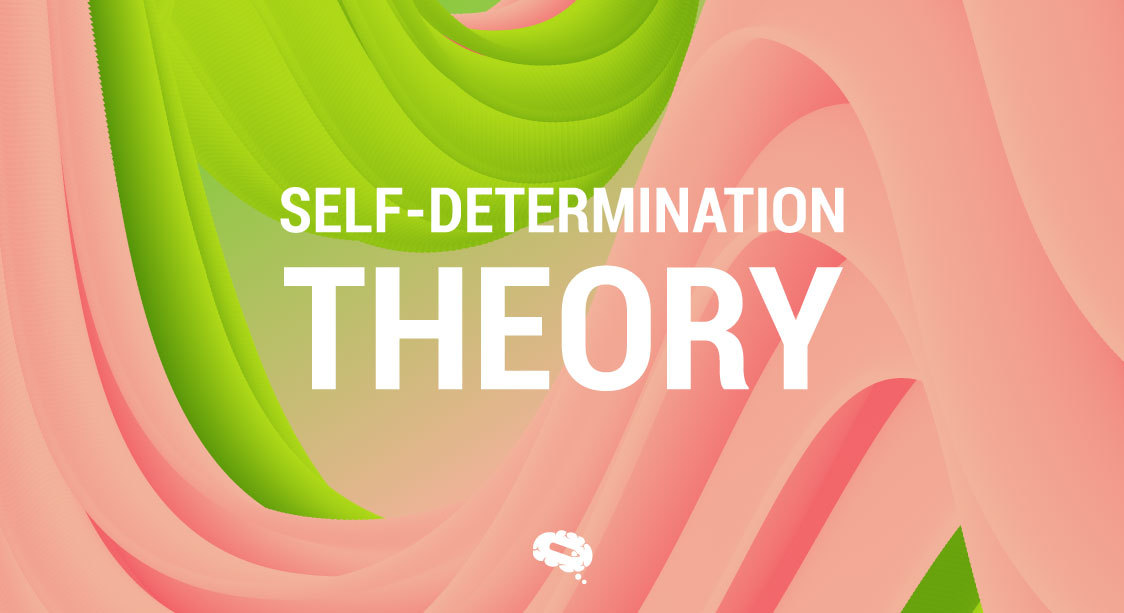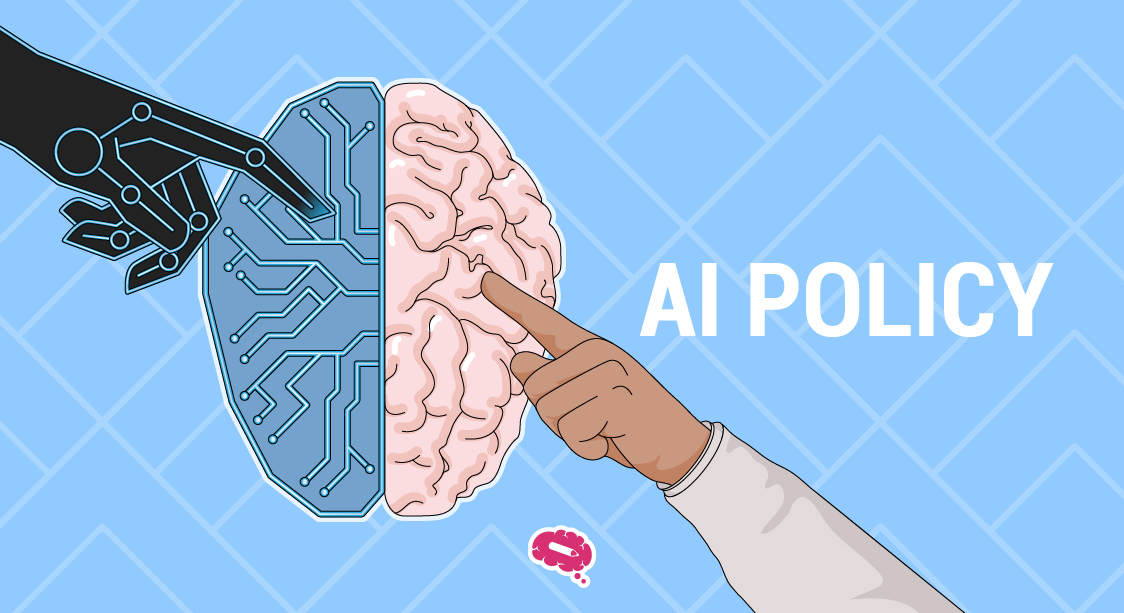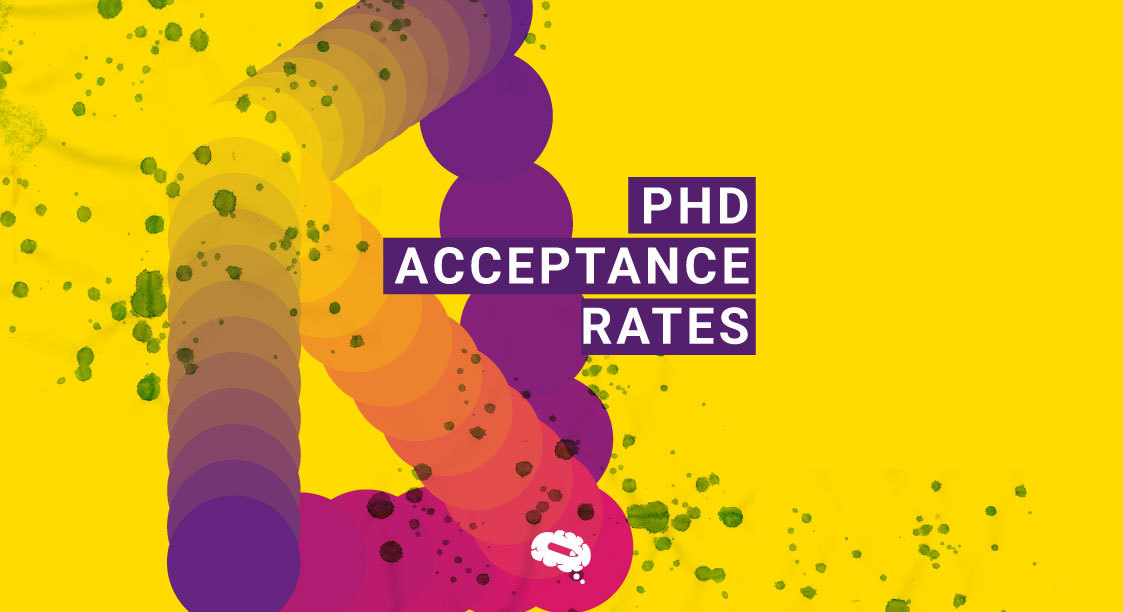A study developed after a talk between two scientists in 1977 stirred the whole perception of “Motivation”. Developed by Richard Ryan and Edward Deci, a theory called “Self Determination Theory (SDT)” is a milestone in understanding why humans do what they want to do. I bet you want to know the logical reasoning and science behind high enthusiasm for some tasks and not feeling so motivated for the rest!
Self-determination theory opened the door to numerous exploratory psychological experiments. It helped scientists understand the obviousness of motivation of a two-year-old child to play and not requiring motivation to do so as opposed to some tasks at the office when we don’t feel connected! (e.g. clerical tasks for a researcher vs running gel electrophoresis after a PCR experiment). Self-determination theory, if understood correctly, can help professionals like, teachers, professors, scientists and from a family perspective parents to help create motivated environments for students, employees and kids and improve learning outcomes and wellness.
What Is Motivation?
Have you ever struggled to find words for what motivated you to perform well in a presentation/project/competition etc.? We sometimes share that we are less motivated or highly motivated for a certain task and we don’t know what motivation is. Sharing a simple explanation, motivation is Energy for Action. Motivation can not be quantified in terms of any unit like kg or km or pascal or joules but if you think enough you will agree that motivation is the psychological energy that drives action. Self-determination theory allows us to dive deeper into the concept and describes the type of motivation and science behind feeling “Amotivated ”.
What Is The Core Concept Of Self-Determination Theory (SDT)?
The core component of the self-determination theory is the distinction between the Extrinsic and Intrinsic motivation types. The theory revolves around the type of motivation and its outcomes. Extrinsic motivation is also called controlled motivation. Let’s dive deeper and understand them better.
Extrinsic Motivation
Extrinsic motivation refers to the pursuit of goals or engagement in activities primarily driven by external rewards or consequences, rather than inherent enjoyment or satisfaction derived from the task itself. Individuals motivated extrinsically may engage in activities to obtain tangible rewards such as money, praise, or social approval, or to avoid punishment or negative outcomes.
For instance, a student might study diligently for an upcoming exam not because they find the subject matter inherently interesting or enjoyable, but rather to earn a high grade and receive praise from their parents or teachers. In extrinsically motivated behaviour, the focus lies on the external outcome or incentive rather than the inherent enjoyment or satisfaction derived from the activity.
Or in a workplace scenario, Imagine an employee working overtime on a project not because they find the work particularly engaging or meaningful, but because they want to earn additional money through overtime pay. Despite feeling tired or unenthusiastic about the task, the employee is motivated to put in extra hours solely for the external reward of increased financial compensation. In this scenario, the extrinsic motivation driving the employee’s behavior is the desire to earn more money, rather than any intrinsic enjoyment or fulfillment derived from the work itself.
Intrinsic Motivation
Intrinsic motivation involves engaging in activities or pursuing goals for the inherent satisfaction, enjoyment, or personal fulfillment they provide, rather than for external rewards or pressures. Individuals intrinsically motivated are driven by a genuine interest in the activity itself, finding it inherently enjoyable, challenging, or personally meaningful. For example, a person who loves playing the piano may spend hours practicing purely for the joy of creating music and the personal sense of accomplishment it brings, without any external pressure or expectation of rewards.
Intrinsic motivation is characterized by a sense of autonomy, competence, and relatedness, as individuals feel a sense of ownership and control over their actions, perceive themselves as capable of mastering the task, and may experience a deep sense of connection or engagement with the activity or goal.
Consider a scientist who is deeply passionate about understanding the complexities of climate change. Driven by a genuine curiosity and desire to contribute to the collective understanding of this critical issue, the scientist devotes countless hours to conducting research, analyzing data, and formulating hypotheses. Despite the challenges and uncertainties inherent in scientific inquiry, the researcher finds intrinsic satisfaction and fulfillment in the process of discovery itself. The joy of unraveling new insights, uncovering patterns, and advancing knowledge in their field serves as a powerful intrinsic motivator, fueling the scientist’s commitment and perseverance in their research endeavors. In this case, the researcher’s intrinsic motivation arises from their inherent interest and passion for the subject matter, rather than external rewards or pressures.
Autonomy, Competence, And Relatedness
Within the framework of Self-Determination Theory (SDT), autonomy, competence, and relatedness are three fundamental psychological needs that are essential for fostering intrinsic motivation, well-being, and optimal functioning.
Autonomy
Autonomy refers to the sense of volition, choice, and self-endorsement in one’s actions. It involves feeling that one’s behavior is self-directed and aligned with one’s own values, interests, and goals, rather than being controlled by external pressures or demands. In the context of SDT, autonomy-supportive environments promote individuals’ sense of autonomy by providing opportunities for self-expression, decision-making, and independent problem-solving. When individuals feel autonomous, they experience a greater sense of ownership and engagement in their activities, leading to enhanced motivation, satisfaction, and well-being.
Competence
Competence refers to the sense of effectiveness, mastery, and capability in one’s interactions with the environment. It involves feeling confident in one’s ability to successfully navigate challenges, learn new skills, and accomplish tasks. Within SDT, competence-supportive environments provide opportunities for individuals to develop and demonstrate their abilities, receive constructive feedback, and experience a sense of progress and growth. When individuals perceive themselves as competent, they are more likely to feel motivated, confident, and intrinsically satisfied in their pursuits, leading to greater persistence and achievement.
Relatedness
Relatedness refers to the sense of connection, belonging, and interpersonal involvement with others. It involves feeling understood, cared for, and valued within social relationships and communities. In the context of SDT, relatedness-supportive environments foster positive social interactions, empathy, and mutual respect, promoting individuals’ sense of connection and belongingness. When individuals experience a sense of relatedness, they are more likely to feel motivated, supported, and emotionally fulfilled, leading to enhanced well-being and flourishing.
Evolution Of Theory
Beyond Deci and Ryan, several other scientists have contributed significantly to the development and expansion of Self-Determination Theory (SDT). Some prominent researchers include:
- Richard Koestner: Known for his work on the role of autonomy in motivation and the application of SDT in diverse contexts such as education, health, and sports.
- Kennon M. Sheldon: Contributed to the understanding of intrinsic motivation, psychological well-being, and the role of basic psychological needs in human functioning.
- Maarten Vansteenkiste: Known for his research on the motivational dynamics within SDT, including the differentiation between autonomous and controlled motivation, and the importance of supporting autonomy in various life domains.
- Bart Soenens: Contributed to the exploration of the developmental aspects of SDT, particularly in the context of parenting styles and their impact on children’s motivation and adjustment.
- Wendy Grolnick: Known for her work on the application of SDT principles in parenting and family dynamics, emphasising the importance of autonomy-supportive environments for children’s psychological development.
These researchers, among others, have furthered our understanding of SDT, expanding its application across various disciplines and refining its theoretical constructs through empirical research and practical applications.
Applications Of Self-Determination Theory
Education
In education, SDT principles can be applied to design learning environments that promote students’ autonomy, competence, and relatedness, thereby enhancing their motivation and academic achievement. For example, teachers can foster autonomy by providing students with choices and opportunities for self-directed learning, such as allowing them to select topics for projects or offering various learning pathways to accommodate different learning styles. By supporting competence, teachers can provide constructive feedback, scaffolding, and challenging tasks that match students’ skill levels, helping them develop a sense of mastery and confidence in their abilities. Additionally, fostering relatedness involves creating a supportive classroom climate characterized by positive teacher-student relationships, peer collaboration, and a sense of belongingness. For instance, group projects that encourage collaboration and social interaction can promote students’ sense of connectedness and engagement in learning.
Workplace
Similarly, in the workplace, SDT principles can be applied to cultivate a motivational environment that enhances employees’ job satisfaction, performance, and well-being. Organizations can support autonomy by providing employees with autonomy in decision-making, task allocation, and work schedules, empowering them to take ownership of their work and align it with their personal values and goals. Supporting competence involves offering training, resources, and opportunities for skill development and growth, enabling employees to acquire new skills, overcome challenges, and achieve meaningful progress in their careers. Moreover, fostering relatedness entails promoting a positive work culture characterized by supportive relationships, open communication, and a sense of belongingness among colleagues. For example, team-building activities, mentoring programs, and recognition initiatives can foster a sense of camaraderie and mutual support, enhancing employees’ engagement and commitment to their work.
You can read in-depth the research: “The History of Self-Determination Theory in Psychology and Management“.
Critiques And Limitations Of Self-Determination Theory
While Self-Determination Theory (SDT) has been influential in understanding human motivation and behavior, it also has some limitations that warrant consideration:
Cultural Variability
SDT was primarily developed in Western cultural contexts, which may limit its generalizability to diverse cultural settings. The theory’s emphasis on individual autonomy and independence may not fully capture the cultural nuances and variations in motivation across different cultural backgrounds. Thus, SDT’s applicability and relevance in non-Western cultures may be limited, necessitating caution in its interpretation and application in diverse cultural contexts.
Complexity Of Motivation
SDT focuses on intrinsic and extrinsic motivation as distinct constructs, but in reality, motivation is often multifaceted and complex. Individuals may experience a blend of intrinsic and extrinsic motives that interact in dynamic ways, making it challenging to categorize motivations into discrete categories. Additionally, SDT may overlook other important factors influencing motivation, such as personality traits, social norms, and situational factors, which can also play a significant role in shaping behavior.
Measurement Challenges
Assessing the constructs of autonomy, competence, and relatedness can be challenging, particularly in terms of developing reliable and valid measures. While various scales exist to measure these constructs, they may not fully capture the intricacies of individuals’ experiences or the context-specific nature of motivation. Moreover, self-report measures used in SDT research may be susceptible to biases and social desirability effects, potentially impacting the validity of findings.
Overemphasis On Autonomy
While autonomy is a central tenet of SDT, an excessive focus on autonomy may overlook the importance of other psychological needs and social influences in shaping motivation and behavior. For example, the theory may underestimate the role of social relationships and belongingness in motivating individuals, particularly in collectivist cultures where social connections are highly valued.
Limited Practical Guidance
While SDT provides a valuable theoretical framework for understanding motivation, it may offer limited practical guidance on how to effectively apply its principles in real-world settings. Translating SDT into actionable strategies for promoting motivation in education, healthcare, or workplace contexts may require additional research and practical insights to address specific challenges and contexts.
Mind the Graph Can Induce A Sense Of Autonomy, Relatedness, Competence And Satisfaction!
We have motivation in every click with Mind the Graph. Our platform gives you the ability to create charts, infographics, posters and graphical abstracts using icons of your choice. Choose from thousands of Icons and find your relatedness to your research topics. We are sure that when you can communicate your research better to your audience it shall bring a sense of competence in you. Please feel free to connect to us and use the platform for your first creation and gain your wellness.

Subscribe to our newsletter
Exclusive high quality content about effective visual
communication in science.









